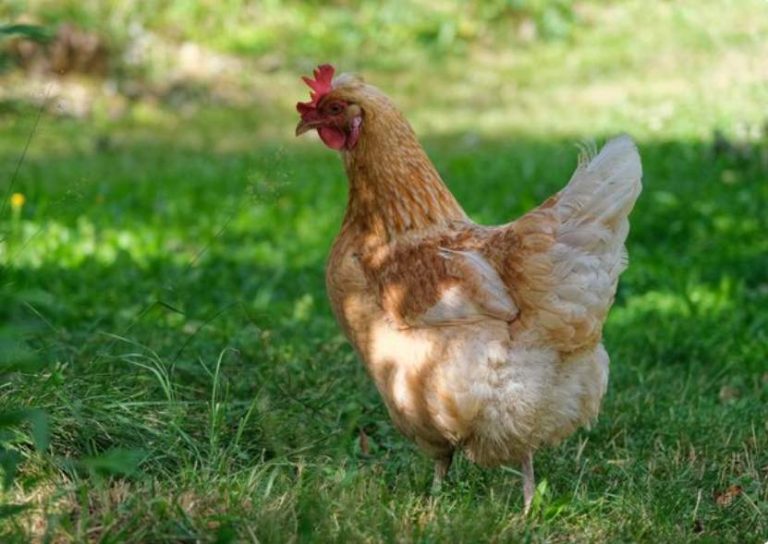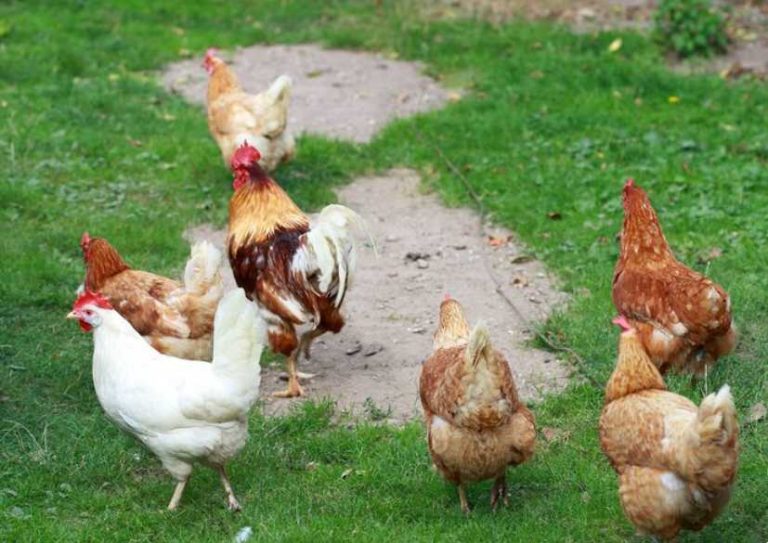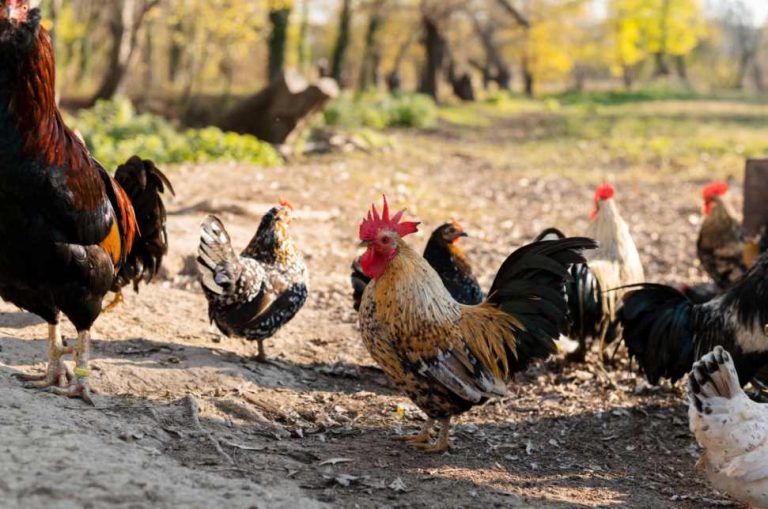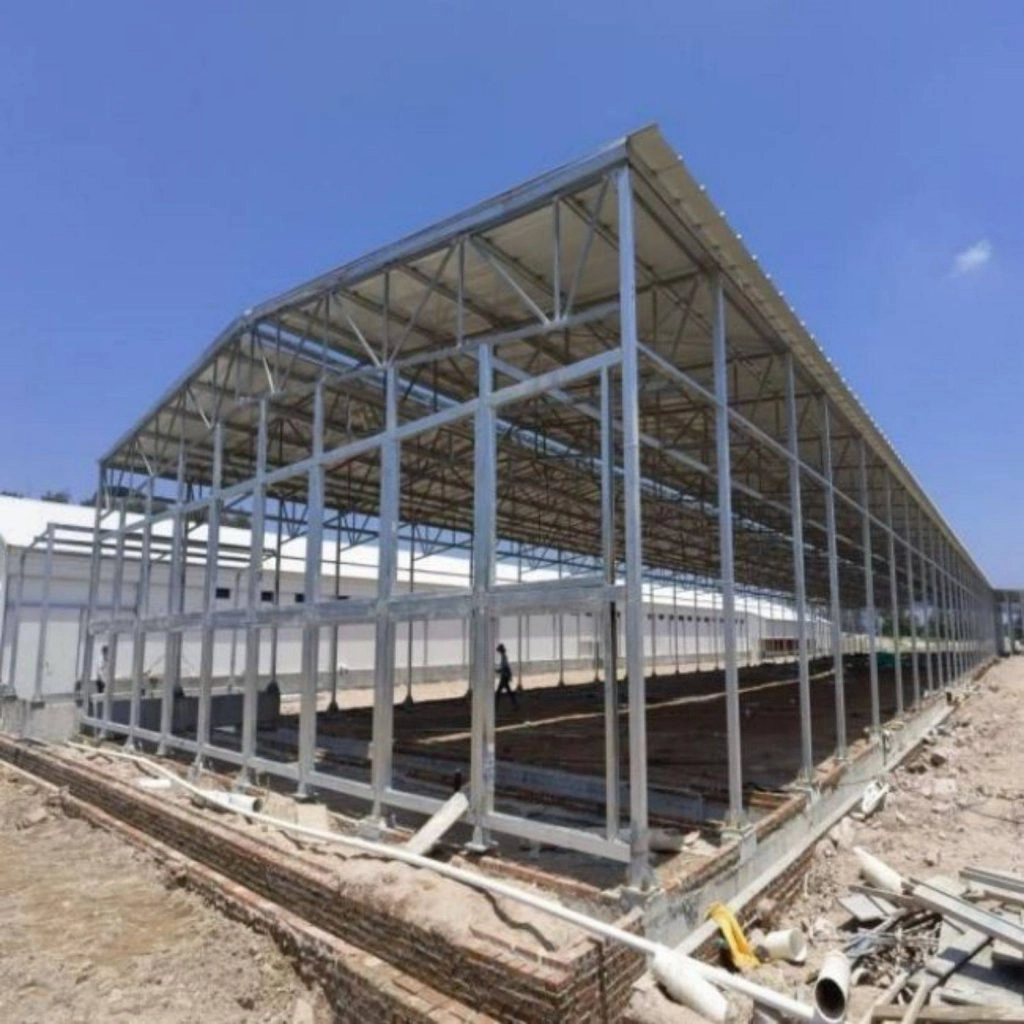
Key Factors for Building a Layer Chicken House
Knowing What Layer Chickens Need
Layer chickens thrive in a supportive livestock house that boosts their egg output and keeps them healthy. A good home shields them from harsh weather, hungry predators, and pesky diseases. The ideal setup gives chickens plenty of room to roam, nest, and munch. It also maintains just-right levels of warmth, moisture, and fresh air. A carefully planned house cuts down on stress for the flock. Less stress means more eggs and happier, healthier birds. Without these basics, chickens might struggle. Egg production could drop, and their well-being might take a hit. So, getting the environment right is a top priority for any poultry farmer aiming for success.
Picking the Right Spot for Building
Where you build a layer chicken house matters a lot. The location shapes how well the place functions day-to-day. Choose a spot that’s raised up high to dodge flooding when rains pour down. Nobody wants a soggy chicken house. Being near utilities like electricity and water makes daily chores easier. Imagine lugging water buckets from far away—not fun. Also, keep the house away from neighborhoods. Nobody likes complaints about noise or smells. A far-off spot reduces health risks from odors or waste, too. Easy access for trucks hauling feed, eggs, or gear is another must. A poorly chosen site could mean headaches later, so take time to scout the perfect place.
Figuring Out the Best Size and Capacity
The house’s size hinges on how many chickens you plan to keep. Each layer chicken needs about 1.5 square feet in a deep litter system. In a cage setup, it’s less—around 0.75 square feet per bird. Cramming too many chickens into a tight space spells trouble. It stresses them out. Stressed birds might peck each other or lay fewer eggs. Balancing flock size with available room is key. Don’t forget to think ahead. Will you want more chickens later? If so, plan for extra space now. A smart design avoids overcrowding and sets the stage for growth without needing a full rebuild down the road.
Parts of a Layer Chicken House
Foundation and Flooring Needs
A sturdy base keeps the chicken house standing tall. It also protects against damage from storms or burrowing critters like rats. Concrete foundations are a favorite choice. They’re tough and easy to scrub clean. For flooring, concrete or tightly packed dirt works well. The floor should tilt slightly to let waste and cleaning water flow out easily. A sloppy foundation could lead to cracks or collapses. That’s a costly fix nobody wants. Good flooring also keeps the house hygienic, which matters for healthy chickens. Taking time to get this right pays off in the long run.
Walls, Roof, and Insulation Choices
Walls need to hold up against wind, rain, and heat while keeping the inside cozy. Brick or concrete walls are great for permanent houses. They’re strong and insulate well. For temporary setups, wood or metal sheets might do the trick. The roof has to block leaks during downpours and keep things cool in summer. Nobody wants a sauna for chickens. Insulation, like polystyrene panels, helps maintain a steady temperature inside. Without it, chickens might get too hot or cold, which can mess with egg laying. Choosing the right materials here means fewer headaches and better results.
Airflow and Lighting Setup
Fresh air is a big deal in a chicken house. It clears out dampness, ammonia smells, and carbon dioxide from the birds’ breathing and droppings. Windows with mesh screens let air flow while keeping pests out. Bigger houses might need fans to move air around. Good airflow keeps chickens comfortable and healthy. Lighting is just as crucial. It helps regulate when chickens lay eggs. Short winter days? Add artificial lights to stretch “daylight” hours. Poor lighting or stuffy air can throw off the flock’s rhythm. A well-vented, well-lit house makes for productive birds.
Budget-Friendly Building Tips
Using Nearby Materials
Grabbing materials close to home is a wallet-friendly move. Bamboo, wood, or local stone can slash costs compared to fancy imported stuff. These options aren’t just cheaper. They’re better for the planet, too, since hauling materials long distances burns fuel. Picture a truck driving cross-country just for bricks—not ideal. Plus, buying local supports nearby workers and businesses. Skilled local builders who know these materials can get the job done fast and well. This approach saves money, cuts emissions, and boosts the community. It’s a win all around for any savvy farmer.
Energy-Saving Design Ideas
Smart design choices can shrink energy bills over time. Solar panels for lights or heaters are a great start. They cut reliance on pricey power grids while keeping things running smoothly. Natural tricks like cross-breezes or thick walls keep temperatures steady without cranking up fans or heaters. Imagine a house that stays cool in summer without blasting AC—that’s the goal. LED lights are another easy win. They use less power than old bulbs and help chickens lay eggs on schedule. These features might cost a bit upfront, but the savings pile up year after year.
Weighing Startup Costs Against Upkeep
Building costs can sting, but don’t ignore what comes later. Durable materials like concrete bases or metal roofs might dent your budget now. Still, they last ages and need fewer repairs. Cheap materials might seem tempting, but they often break down fast. That means spending more on fixes. Good insulation saves on heating or cooling bills. A clever drainage system stops puddles and makes cleaning a breeze. Planning for low upkeep from the start keeps the house running smoothly for years. It’s about spending wisely now to avoid bigger bills down the line.
Improving Features for Layer Chickens
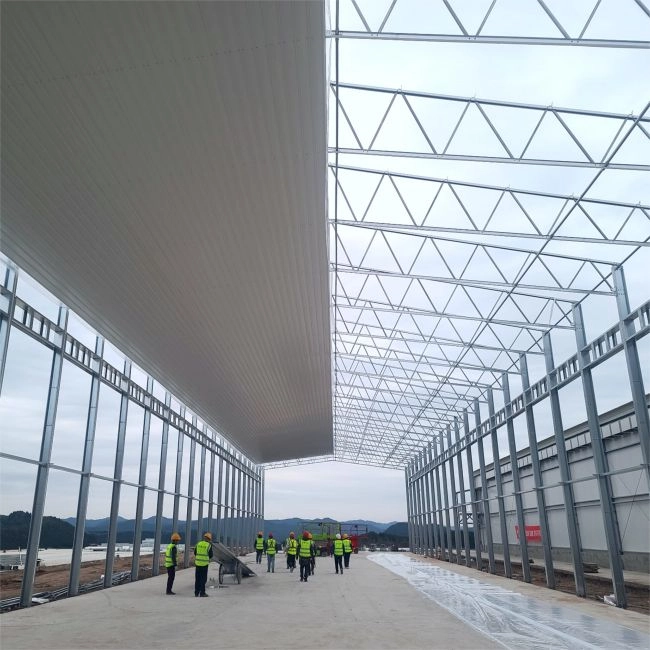
Creating Smart Feeding and Watering Systems
A steady supply of food and water keeps chickens in top shape. Automatic feeders and drinkers save time by dishing out just what the flock needs. No more overfeeding or spills. These systems cut down on labor, too—less time filling bowls means more time for other tasks. Placing feeders and drinkers at the right height stops droppings from mixing in. Cleaner food and water mean healthier birds. A well-designed system reduces waste and keeps things tidy, which is a big plus for any busy farmer.
Adding Waste Handling Solutions
Keeping the house clean is non-negotiable. Waste piles up fast, and if ignored, it can spread diseases. Slatted floors or manure belts make cleanup easier by collecting droppings automatically. Composting setups turn manure into fertilizer you can sell or use. That’s extra cash and less trash harming the environment. Automated cleaning tools help stick to a regular schedule without breaking your back. A clean house keeps chickens healthy and cuts down on vet bills. Smart waste solutions make the whole operation smoother and greener.
Setting Up Biosecurity Steps
Keeping diseases and threats out is critical. Fences around the house stop predators or stray animals from sneaking in. Footbaths at doors cut the risk of workers tracking in germs. Air filters in ventilation systems block harmful particles while letting fresh air flow. Strict rules for handling feed, tools, or visitors add another layer of safety. Imagine a fox slipping in or a virus spreading—both can wreck a flock. Strong biosecurity keeps chickens safe and stress-free, which means steadier egg production and fewer losses.
Zeus shines at crafting advanced chicken house structures that balance function and affordability. Their designs pack cutting-edge airflow systems, energy-saving features, and tough biosecurity measures. These create perfect conditions for layer chickens while trimming long-term costs. With Zeus, farmers get a setup that’s built to last and easy to manage.
FAQ
Q: What are the basic needs of layer chickens in a poultry house?
A: Layer chickens need a clean, spacious, and well-ventilated environment with proper lighting, protection from predators, and consistent temperature and humidity levels to stay healthy and maximize egg production.
Q: How do I choose the best location for a layer chicken house?
A: Pick a site that’s elevated to avoid flooding, close to utilities like water and electricity, far from residential areas to prevent noise complaints, and accessible for feed and egg transportation.
Q: What is the ideal space per bird in a layer chicken house?
A: In deep litter systems, each chicken needs around 1.5 square feet. In cage systems, space can be reduced to about 0.75 square feet per bird. Avoid overcrowding to reduce stress and injury.


